Hafnium Boride Sputtering Target Description
A Hafnium Boride Sputtering Target is a ceramic material made from hafnium and boron, used in sputtering processes. This type of target is commonly employed in applications requiring thin film deposition due to its unique properties and composition.
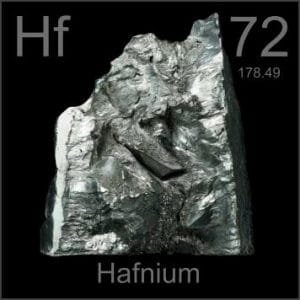 Hafnium is a chemical element with the symbol “Hf” and an atomic number of 72. The name “hafnium” originates from the Latin name “Hania,” referring to Copenhagen, Denmark, where it was discovered. It was first identified in 1911 by Georges Urbain and Vladimir Vernadsky, with its isolation and confirmation later achieved by Dirk Coster and George de Hevesy. Hafnium is located in Period 6 and Group 4 of the periodic table, classified within the d-block elements. Its relative atomic mass is approximately 178.49 Daltons, with the value in parentheses indicating a margin of uncertainty.
Hafnium is a chemical element with the symbol “Hf” and an atomic number of 72. The name “hafnium” originates from the Latin name “Hania,” referring to Copenhagen, Denmark, where it was discovered. It was first identified in 1911 by Georges Urbain and Vladimir Vernadsky, with its isolation and confirmation later achieved by Dirk Coster and George de Hevesy. Hafnium is located in Period 6 and Group 4 of the periodic table, classified within the d-block elements. Its relative atomic mass is approximately 178.49 Daltons, with the value in parentheses indicating a margin of uncertainty.
Related Product: Hafnium Sputtering Target
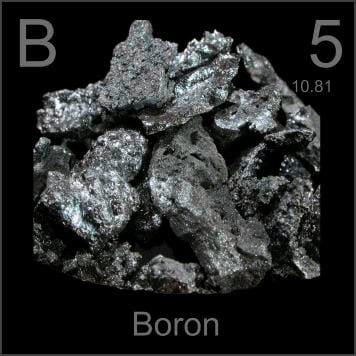 Boron, symbolized as “B,” has an atomic number of 5 and is a chemical element named after the Arabic word ‘buraq,’ which referred to borax. It was first identified in 1808 by Louis-Joseph Gay-Lussac and Louis-Jacques Thénard, with the successful isolation later announced by Sir Humphry Davy. Boron is located in Period 2 and Group 13 of the periodic table, belonging to the p-block elements. Its relative atomic mass is approximately 10.811 Daltons, with the number in parentheses indicating a margin of uncertainty.
Boron, symbolized as “B,” has an atomic number of 5 and is a chemical element named after the Arabic word ‘buraq,’ which referred to borax. It was first identified in 1808 by Louis-Joseph Gay-Lussac and Louis-Jacques Thénard, with the successful isolation later announced by Sir Humphry Davy. Boron is located in Period 2 and Group 13 of the periodic table, belonging to the p-block elements. Its relative atomic mass is approximately 10.811 Daltons, with the number in parentheses indicating a margin of uncertainty.
Hafnium Boride Sputtering Target Specification
| Compound Formula | HfB2 |
| Appearance | Brown to black target |
| Density | 10.5 g/cm3 |
| Melting Point | 3,250° C |
| Available Sizes | Dia.: 1.0″, 2.0″, 3.0″, 4.0″, 5.0″, 6.0″ Thick: 0.125″, 0.250″ |
Hafnium Boride Sputtering Target Application
The Hafnium Boride Sputtering Target is utilized in a range of applications, including thin film deposition and decorative coatings. It is commonly used in the semiconductor industry, display technologies, and the manufacturing of LEDs and photovoltaic devices. Additionally, this material is important for functional coatings, optical information storage, glass coating applications such as automotive and architectural glass, and optical communication technologies.
Hafnium Boride Sputtering Target Packing
Our Hafnium Boride Sputtering Targets are meticulously tagged and labeled on the outside to facilitate easy identification and uphold strict quality control standards. We take comprehensive measures to prevent any damage during storage and transportation, ensuring that the targets remain in excellent condition.
Get Contact
TFM offers Hafnium Boride Sputtering Targets in various forms, purities, sizes, and prices. We specialize in high-purity thin film deposition materials with optimal density and minimal grain sizes, which are ideal for semiconductor, CVD, and PVD applications in display and optics. Contact Us for current pricing on sputtering targets and other deposition materials that are not listed.

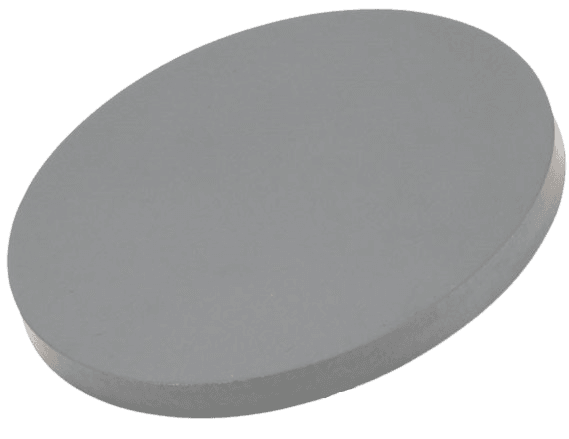
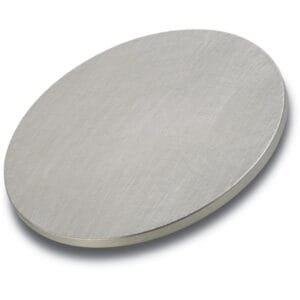

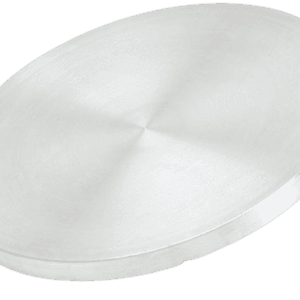
Reviews
There are no reviews yet.